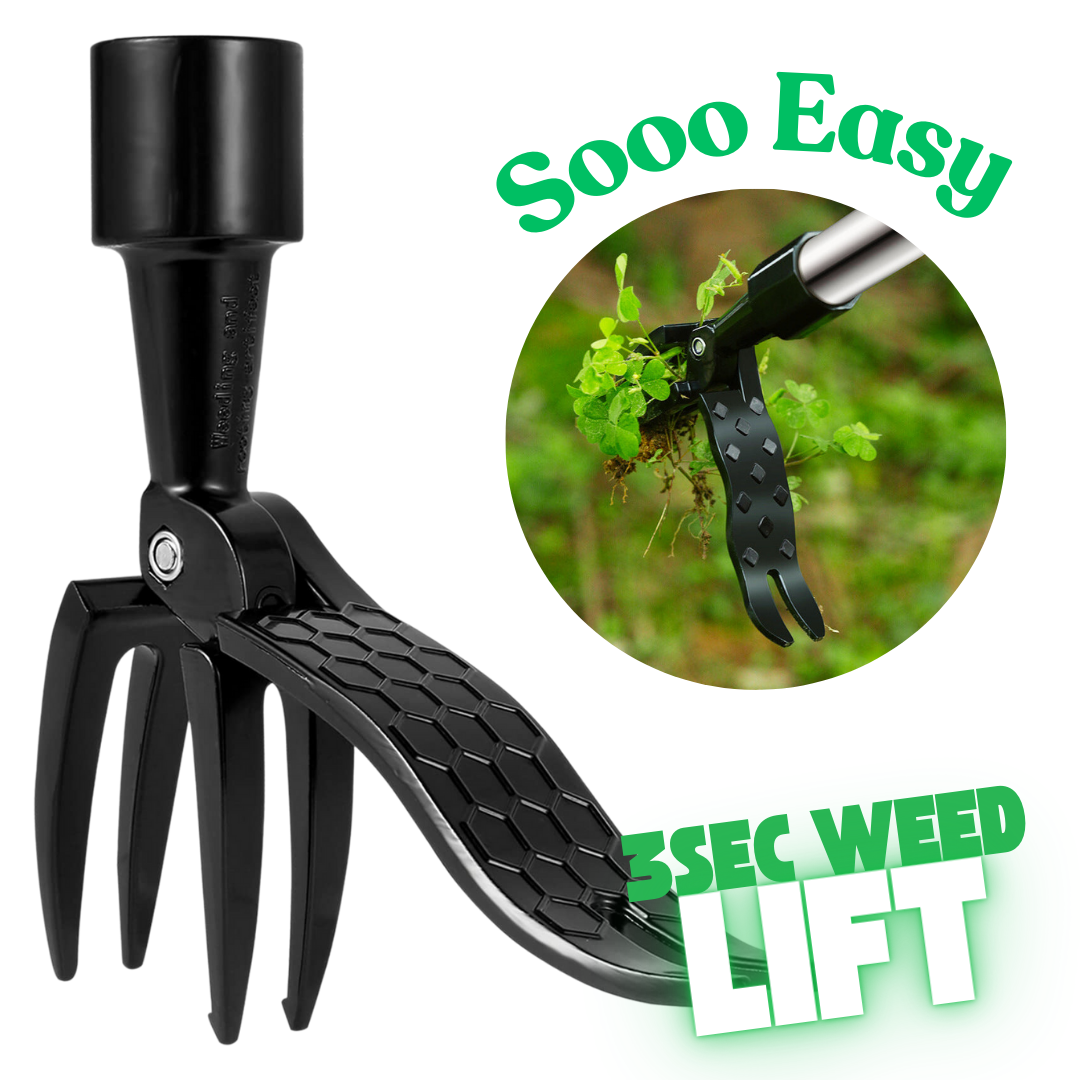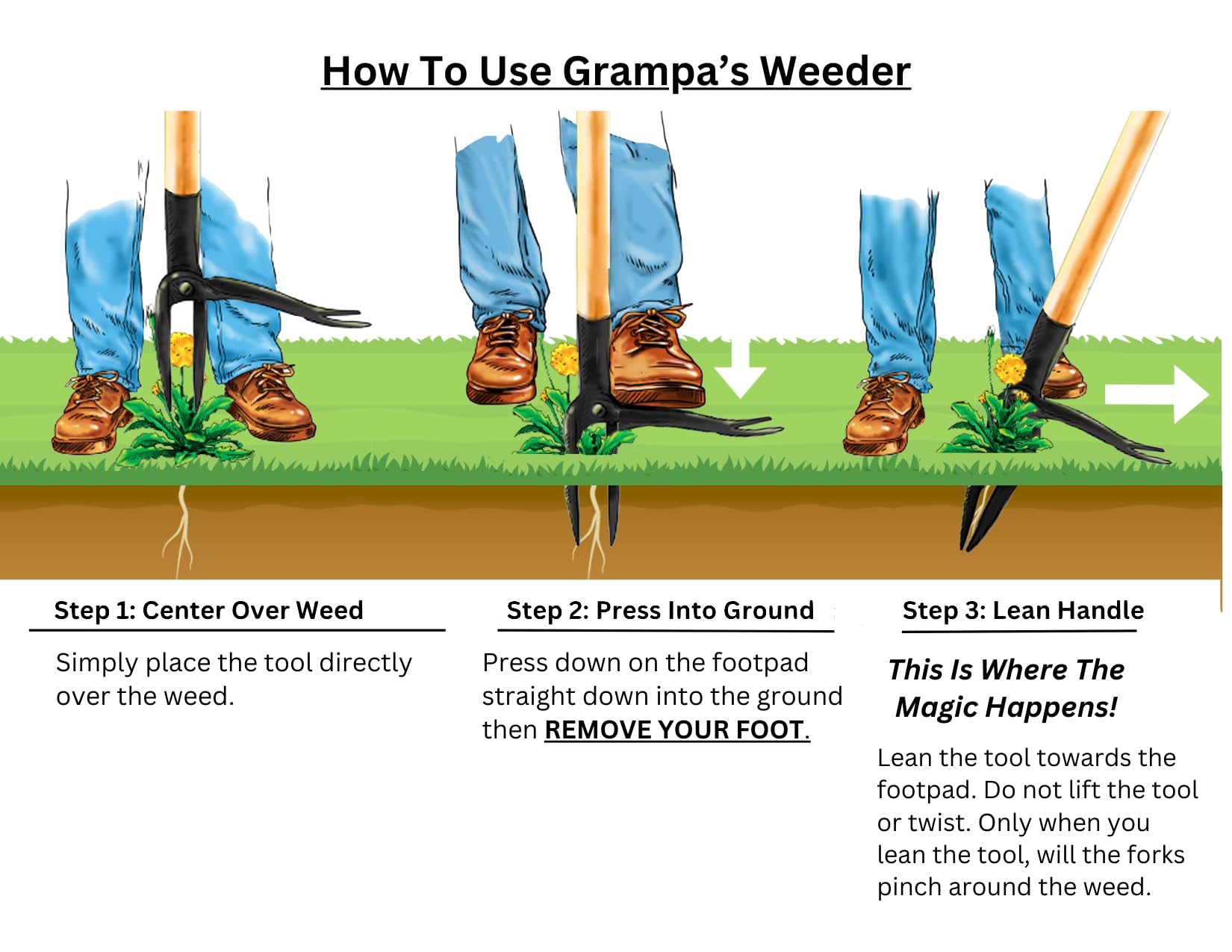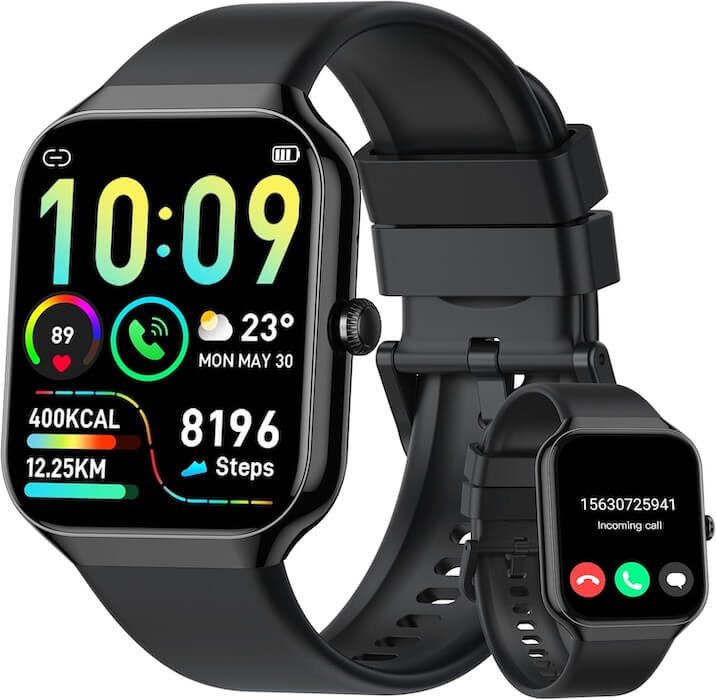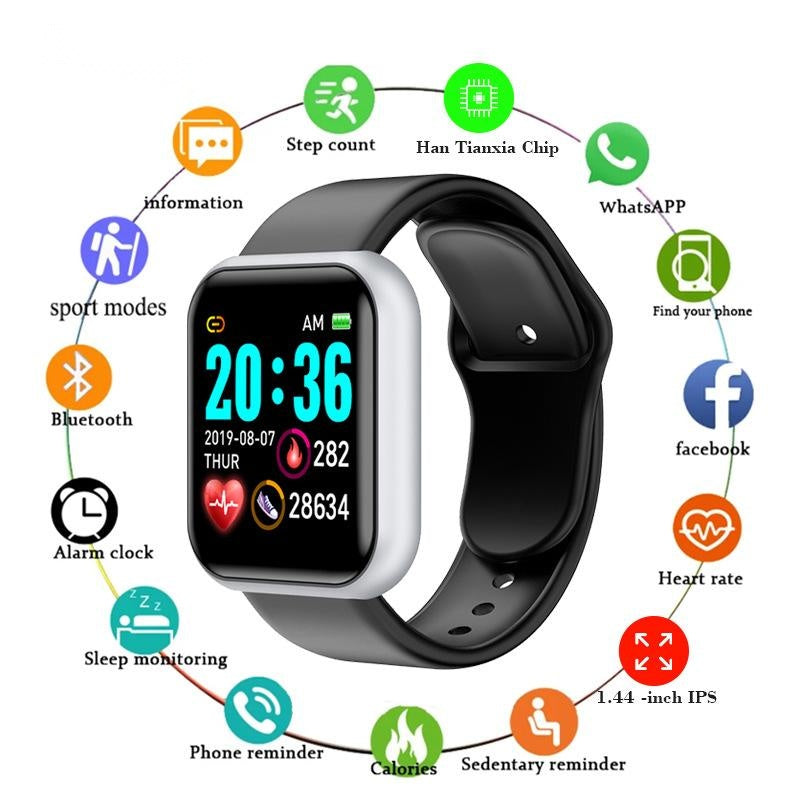
Up 182% High-Converting Email Sign-Up CTA Strategies
Comparing CTA Messaging Styles (FOMO vs. Benefits vs. Curiosity)
Different call-to-action (CTA) styles can dramatically impact sign-up rates. Fear of Missing Out (FOMO) or urgency-driven CTAs use time-sensitive language (“now,” “today only,” “limited time”) to prompt immediate action.
For example, Shopify’s marketing guides suggest adding words like “now” or “limited-time offer” to create urgency and trigger FOMO.
Incorporating a benefit-focused message means highlighting a clear reward for subscribing – such as a discount, freebie, or exclusive access – right in the CTA text.
One study recommends leading with the incentive rather than a generic invite. In a luxury retail test, changing “Sign up for our newsletter” to “Be the first to shop new collections by signing up” (dropping the word “newsletter” entirely) made the offer far more appealing (splitbase.com).
This flips the script to emphasize what the user gains, not what they’re giving up (their email).
By contrast, curiosity-driven CTAs leverage novelty or humor to intrigue visitors.
A great example is apparel brand Shinesty’s tongue-in-cheek email opt-in.
Their pop-up proclaims, “Emails suck. Ours don’t.” with a bright red button that says “LET’S GET WEIRD” – a far cry from a typical “Subscribe” button.
This unconventional, playful approach taps into curiosity and sets the brand apart.
According to Shinesty’s CMO, this fun CTA helped drive a 6%+ email capture rate, and ongoing A/B tests have improved conversion over 60% beyond the original baseline (rebrandly.com).
In short, messaging that surprises or entertains can yield high engagement when it aligns with your brand voice. The key is that it “sparks curiosity and instantly differentiates” your offer from the countless dull email sign-up requests out there.

Generic vs. High-Engagement CTAs: Conversion Impact
Straightforward but generic CTAs like “Subscribe to our emails” or “Sign up for updates” tend to underperform because they don’t answer the visitor’s core question: “What’s in it for me?”.
Many e-commerce stores stick with these bland prompts, but they miss an opportunity to hook the reader.
As a best practice, experts suggest making the value explicit.
In other words, don’t just ask for a subscription – offer something. As one conversion specialist puts it, “‘Subscribe to our newsletter’ isn’t a compelling offer... It doesn’t answer ‘What do I get?’” Instead, provide a clear benefit like a discount or useful content in exchange for the email.
For example, a stronger CTA might say: “Sign up now to get 10% off your first order.” This phrasing uses an action verb, creates immediacy (“now”), and promises a concrete reward (10% off) (convertflow.com).
The action is clear and the subscriber knows exactly what they gain.
Real-world tests confirm how much wording matters. Simply swapping out a generic phrase for a more enticing one can yield eye-opening lifts in conversion.
In one A/B test, Sumo (a provider of email capture tools) changed nothing but the button text on a welcome mat popup – and saw email sign-ups jump 182% (splitbase.com).

Psychological Triggers That Boost Sign-Ups
Certain psychological triggers consistently nudge more visitors to convert on email offers:
-
Exclusivity & Belonging: People love to feel like insiders. Using words like “Join”, “Become,” or phrases such as “Join the club”, “Join the movement,” or “I want in” can frame your email list as an exclusive community or VIP experience. For instance, outdoor retailer Backcountry uses “Join Now” for their loyalty program CTA – “Join” makes visitors feel part of something special, and “Now” adds immediacy.
Shoe brand TOMS invites visitors to “Join the movement” in their email sign-up, implying that subscribing means supporting a bigger cause. This approach appeals to the reader’s identity and values, making them feel good about signing up (and thus more likely to do it).
Similarly, CTAs that say “Yes! I want in” convey enthusiasm and a sense of privilege or access, which can improve conversion by playing on the desire to be included.
In practice, framing your sign-up as joining an exclusive group or getting insider benefits will trigger a stronger response than a neutral ask. -
Urgency & Fear of Missing Out: Creating a time pressure or using FOMO can push indecisive visitors to act. Phrases like “Now,” “Today,” “Limited Time,” “Don’t Miss Out,” or “Last chance” in your CTA or its surrounding copy instill a sense that immediate action is required.
For example, a CTA like “Get it now” (used by marketer Marie Forleo) explicitly emphasizes that the freebie or offer is ready immediately, tapping into the desire for instant gratification.
Another tactic is the forced-choice CTA – giving users a “Yes” or “No” option rather than a single button. Research shows this approach leverages our aversion to loss or regret. Many people feel a twinge at actively clicking “No” on a good offer (newneuromarketing.com).
One case had a sign-up form with two buttons: “YES, tell me more” vs. “No, I’m already an expert.” For a visitor who isn’t 100% confident, clicking “no” means admitting they don’t need help – a moment of self-doubt that nudges more folks to choose “YES”.
This psychological nudge (nobody wants to feel they’re missing out or not expert enough) can meaningfully lift response rates. In fact, tests have found that simply adding a subtle “No thanks, I’ll pass on the benefit” option can increase conversions by injecting a bit of FOMO or loss aversion into the equation.
The user must consciously decide to get 10% off, or not to get 10% off, which often tips them toward the reward. Overall, tactics that introduce urgency – whether via wording or UX (like a countdown or an exit-intent pop-up saying “Wait – don’t miss your 10% off!”) – tend to improve sign-up rates by capitalizing on our fear of missing a good deal.
-
Incentives (Discounts, Freebies & Deals): It’s no surprise that tangible rewards drive sign-ups – by far the most common reason people subscribe to brand emails is to get a deal. One report found 51% of consumerssigned up specifically to obtain discounts or offers (endlessgain.com).
Offering a new-subscriber coupon (10% off, free shipping, etc.), a free gift, or entry into a giveaway gives visitors an immediate payoff for giving you their email. Crucially, make that incentive explicit in your CTA text or headline. For example, instead of a vague “sign up for updates,” say “Grab your 10% off coupon now”.
Testing shows that clarity wins: when Crazy Egg tried two versions of a pop-up – one saying “Get your 10% discount coupon now” vs. a softer ask “Want to save money?” – the direct, specific version was more effective.
Shoppers responded to the concrete value (10% coupon) more than a generic “save money” suggestion. In another experiment, emphasizing a high-value reward had a big impact: Crazy Egg promoted a contest with two headlines – “Win $2,000 worth of watches” vs. “Win 20 free watches.” The phrasing that highlighted the large dollar value ($2,000) pulled in double the subscriptions of the more modest phrasing.
The lesson is to spell out the reward and make it sound as enticing as possible. Whether it’s a discount, free resource, or exclusive content, highlight that benefit boldly – it can dramatically lift your conversion rate. (On the flip side, if you don’t offer any incentive, it’s hard to convince today’s users to sign up at all.) Many successful email pop-ups pair a discount offer with a strong CTA and even social proof. For instance, one high-converting form highlighted that 9,264 people had bought a book, and you can get it free by joining, creating a sense of value and popularity, then used a CTA button “Get the book”. This combination of incentive (free book) plus proof that others find it worthwhile helps overcome hesitation. -
Social Proof & Trust: Humans often take cues from what others are doing. Including indicators of popularity or community can reassure visitors that subscribing is a good choice. Phrasing like “Join 5,000+ subscribers” or mentioning what subscribers typically enjoy can leverage social proof in your CTA. In one example, a newsletter sign-up emphasized how many people already paid for a resource that new subscribers would get for free, implicitly saying “others found this valuable”.
Social proof can also be combined with exclusivity (e.g., “Join 20,000 others in our insiders club”) to simultaneously invoke community and FOMO. While social proof is usually a supporting element (it might appear as a subtext or headline above the CTA), it’s a powerful psychological trigger to increase trust and desirability.
Shoppers are more likely to hand over their email if they see that thousands before them have done so and benefited.
-
Clarity & Ease: Lastly, ensuring the sign-up feels simple and risk-free can improve conversions. Using clear, action-oriented language in the first person can make the CTA feel more personal and easy. CTAs like “Send me the updates” or “Yes, I want my free guide” frame the action as the site doing work for the user (just send me my stuff).
This lowers the psychological barrier – it doesn’t feel like I have to do much beyond clicking. Also, keep forms minimal (ideally just an email field) to reduce friction. One study noted that a retailer’s form with an unnecessary “confirm email” box and extra fields felt like “a chore” and likely hurt sign-ups.
In contrast, a two-step opt-in (click CTA button, then enter email) can sometimes outperform an immediate email field because the first click is an easy “Yes, I’m interested” commitment which then carries the user to completion (newneuromarketing.com).The principle of commitment and consistency kicks in once they’ve said a small “yes.” In practice, phrasing your CTA in a friendly, low-commitment tone (“I’m in!” or “Sure, send it my way”) and making the process feel effortless (single-field form, or step-by-step) helps maximize conversions.

Real-World A/B Test Examples and Results
Marketers have run numerous experiments to find out what email sign-up phrasing works best. Here are a few illustrative results from A/B tests and case studies:
-
Benefit-Focused Copy vs. Generic: As mentioned, Sumo saw a +182% increase in opt-ins simply by changing their button text.
The original was underperforming (likely a generic “Subscribe” or similar), and the new version spelled out a more enticing benefit, immediately driving nearly triple the sign-ups. This dramatic improvement underscores how even small wording tweaks can have outsize effects on conversion rate.
-
Bold Value Proposition: Crazy Egg’s pop-up test pitting a bold value ($2,000 prize) against a milder one (20 free items) resulted in the bold version achieving 2X the subscription rate (endlessgain.com).
Users gravitated to the higher perceived reward. In another instance, offering a welcome discount proves its worth: an e-commerce site added an “I’m not interested” opt-out to their 10% off offer, effectively forcing users to choose to save money or not. This change increased sign-ups by making the value of the offer explicit and making users consciously decide to forego it if they close the form.
Many brands report that a first-order discount (10% off, etc.) is one of the highest-converting offers for new subscriber pop-ups, which aligns with the statistic that 51% subscribe for deals. -
Yes/No (Forced Choice) CTAs: Numerous tests have validated that presenting a CTA as a binary choice can boost conversion. In the neuromarketing field, researchers Putnam-Farr and Riis found that conversion rates can more than double when using a yes/no CTA format instead of a single “opt-in” button.
For example, a landing page offering a free ebook might have two buttons: “Yes, send me the free ebook” and a smaller “No, I don’t want the free knowledge.” The pain of clicking “no” (and feeling like one is losing out) tends to push more people to click the “yes.” Marketers have reported increases ranging from +40% to over +100% in conversions with this technique
It’s a clever way to apply psychology in an A/B test – often the version with the forced choice significantly outperforms the control (single CTA) because it reframes the decision. -
Curiosity and Humor Pay Off: The earlier Shinesty example shows how a non-traditional approach can win. By A/B testing edgier copy like “Let’s get weird” against more standard copy, Shinesty continually optimized their form. The result is a sign-up form that outperforms typical benchmarks (6%+ conversion versus ~3% average) (rebrandly.com).
Their success illustrates that knowing your audience and testing creative messaging can yield big gains – especially if your brand can pull off a fun or irreverent tone that surprises visitors (in a good way). Another brand cited by marketers is InVision, who once used an inside joke (“Everything’s coming up Milhouse”) as a CTA. While unconventional, it resonated strongly with users who got the reference, driving high engagement by appealing to shared humor.
The lesson: don’t be afraid to test unusual copy. Sometimes a quirky, curiosity-driven CTA can outperform a straightforward one by tapping into emotions or intrigue – but always A/B test to be sure it works for your audience.
-
Platform Insights and Benchmarks: Leading marketing platforms echo these findings. For instance, Shopify’s own guidelines emphasize using action verbs, benefit language, and urgency in CTA text to drive conversions
Email marketing providers like AWeber and Mailchimp often suggest testing incentive-led CTAs (like offering a free download or discount) versus a control, as these tend to yield higher sign-up rates. Analytics from pop-up tools show that the best-performing email capture tactics often involve a strong incentive coupled with a clear call-to-action. The average site might see ~3-5% of visitors opt in, but top performers (who use many of the tactics described above) achieve significantly higher conversion. Sumo’s analysis of thousands of pop-ups found the top decile averaged 9.28% conversion (endlessgain.com).And some campaign case studies (e.g. interactive quizzes or very well-targeted offers) have reported capture rates north of 20-30%.
In practice, hitting those numbers requires not just great design and timing, but spot-on messaging that compels users to act. As the ConvertFlow team notes, “Subscribe to our newsletter” is overused and doesn’t cut it – you must offer something valuable for the signup.
Across the board, the consensus is to focus on the user’s desire (exclusivity, value, solving a problem) in your CTA copy.

Summary: Actionable Insights for Optimizing Email Sign-Up CTAs
To wrap up, here are key findings and tips from the research that you can apply to your e-commerce or Shopify store’s email sign-up CTAs:
-
Highlight a Benefit Upfront: Make it immediately clear what subscribers get. Whether it’s a discount, free content, or VIP access, put that value in the CTA or heading (e.g. “Get my 10% off” instead of just “Sign Up”).
CTAs that are benefit-focused consistently outperform generic ones.
-
Use Urgency and Strong Action Verbs: Incorporate words that spur quick action and leverage FOMO. Phrases like “now,” “today,” “limited offer,” or “don’t miss out” coupled with action verbs (Get, Grab, Claim, Join) create a sense of immediacy.
For example, “Claim my spot today” will drive more clicks than a passive “Sign up if interested.”
-
Evoke Exclusivity & Community: Frame your email list as a special club or insider circle. Words like “Join,” “VIP,” “exclusive,” “insider,” and using first-person (“Sign me up,” “I’m in!”) can make users feel they’re gaining membership to something desirable.
This plays on the human urge to belong and not be left out.
-
Keep it Short, Personal, and Clear: CTA text should be concise and written from the visitor’s perspective. Experiment with first-person phrasing (“Yes, I want in” / “Send me deals”) which often converts well because it’s engaging and clear about the action.
Avoid jargon or lengthy text on the button – brevity with impact is the goal.
-
Offer Incentives (and Say So): If possible, give a compelling incentive for subscribing – a one-time discount, free sample, contest entry, etc. This is one of the strongest ways to boost sign-ups (remember, over half of people sign up mainly for deals).
Make the incentive explicit: “Get 15% Off – Join Our List” will attract far more sign-ups than a generic ask. When Crazy Egg emphasized a dollar value prize in the CTA, subscriptions doubled (endlessgain.com) – a testament to how powerful a clear incentive can be.
-
Leverage Psychological Nudges: Implement tricks like the Yes/No CTA or a secondary “no thanks” link that reiterates the benefit (“No, I don’t want 10% off”). This technique taps into loss aversion – users hesitate to click away from a good offer.
Many businesses have seen substantial conversion lifts (sometimes 2× or more) by restructuring CTAs this way (newneuromarketing.com).Similarly, use social proof in your sign-up area if you can (e.g., “Join 20,000+ subscribers” or testimonials) to build trust and make the user feel signing up is a wise, popular choice.
-
Test Different Tones (and Test Again): A/B testing is your best friend. Try out varying CTA styles – one more straightforward and benefit-driven, another more playful or curiosity-driven – and let the data tell you what resonates. You might be surprised: an offbeat humorous CTA could outperform a safe one, as it did for Shinesty (rebrandly.com).
Or a single word change (like “Get Started” vs. “Sign Up Now”) could bump conversions by double-digit percentages. Always be testing one element at a time (e.g., button text, headline phrasing) to isolate what moves the needle.
Over time, you’ll hone in on the phrasing that your audience finds irresistible.
By applying these insights – focusing on user-centric benefits, using urgency and exclusivity triggers, and continuously experimenting – you can optimize your email sign-up CTAs for maximum conversion.
In summary: make it enticing, make it urgent, make it easy – and never settle for the default “Subscribe” if you can offer something more compelling. The result will be a higher-converting email list growth strategy backed by both psychological principles and real-world test data.
- End -


















































































































































